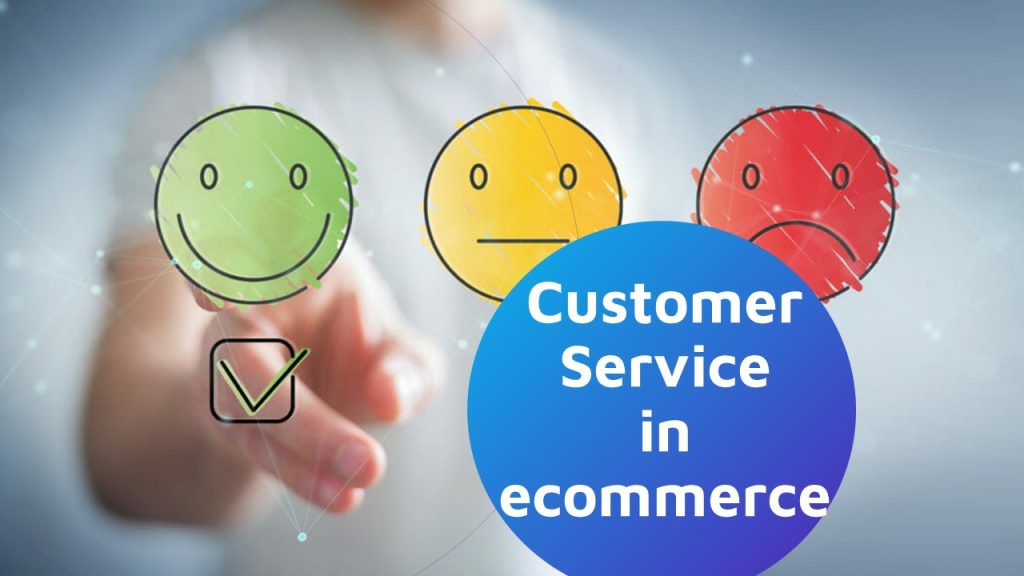Dropshipping is a way for merchants to offer a wider range of products without having to invest in inventory upfront. It can also be a way for small businesses to start selling products online without having to worry about warehousing or fulfillment. But above all things, it gives consumers an access to products that are not available in their own country.
But product content in dropshipping is just as important as the product itself.
This post is a quick guide to start dropshipping, making the most of its advantages, and knowing the risks and challenges. Because at Content2Sell we are product experts and e-commerce specialists. We know the business model and have helped a bunch of online stores to mitigate some of their biggest challenges.
First off: what is dropshipping?
Dropshipping is a retail fulfillment method where a store doesn’t keep the products it sells in stock. Instead, when a store sells a product, it purchases the item from a third party and has it shipped directly to the customer. In other words, the merchant never sees or handles the product.
But because merchants don’t have control over the inventory, there are inherent risks, like the product being out of stock or unavailable, shipping times and quality control, as the merchant is relying on a third party to handle these aspects of the process.
And the actual seller is the only one to blame.

What makes dropshipping so attractive?
The dropshipping business model isn’t new. But some years ago, it was a safer bet and an attractive option for those who were aware of and up to date on ecommerce. Mostly because of its advantages:
- Low startup costs. Dropshipping barely needs any upfront investments other than a website that integrates the store’s sales with the factory’s inventory (more on this below). This makes it great for those who don’t have the capital to invest in a traditional brick-and-mortar store.
- Flexibility. With dropshipping, you can sell a wide range of products without having to worry about managing inventory or storage. This gives a lot of flexibility to try different product lines and see which works best and allows testing a business idea with little risk.
- It’s easily scalable. Sales orders are directly sent to factories along with all the delivery information. By removing the worry about fulfilling orders, it’s easier to quickly scale a dropshipping business compared to a traditional e-commerce business.
- You can forget about warehouses. With dropshipping, you don’t need to worry about storing your inventory, which allows for adjusting profit margins according to the market and competition.
- All in all, a much lower risk. Because you don’t have to invest in inventory upfront, the risk of starting a dropshipping business is relatively low. This can be appealing to those who are hesitant to invest in new ventures.
Challenges: not all that glitters is gold.
Such advantages are exclusive to the business model itself, not the brand or let alone the product – essentially, what consumers buy. Since dropshippers never actually touch or even see the products they sell, there are a critical bunch of risks inherently taken.
- Market saturation. A common mistake is learning about the opportunities of dropshipping but skipping one of the most important things in ecommerce: market research.
- Unknown providers. Unless the manufacturer is known in advance or has been referred by others, it is best to get a sample sent to avoid complaints, returns, and bad reviews. By doing so, you will be working on your brand reputation and you will get the chance to create distinctive content to market your product.
- Standard factory pictures. Using the imagery provided by suppliers is often a bad idea. Not only do they lack detail and quality, but something more important: the human factor that connects with users and cultures (more on this below).
- Basic factory packaging. Packaging design has evolved to turn the first physical contact with a product into a positive unboxing experience. And while many consumers don’t really care about that, you might once your online store takes off. One of the greatest challenges of dropshipping is suppliers are not often open to changing their factory packaging – unless a certain sales volume is guaranteed. All in all, a cold and depersonalized customer experience.
- Poor quality user guides. The same happens with user guides, which may be poorly translated. A good idea is to create your own user guides or infographics and provide them yourself.
A quick guide to dropshipping
Because dropshipping is about creating a brand with no products of its own, the lack of control remains its greatest challenge. Essential aspects like a product’s quality, packaging design, and promotional content often have a critical impact on the end user’s experience.
Those can be solved in a number of ways, depending on the manufacturer’s location and will – which may also come with a bunch of conditions.
Market research
Research is a preliminary step you can’t skip. Dropshipping goes beyond supply and demand. A product’s availability and the public’s awareness are keys to other relevant and sometimes abstract factors: quality perception, value proposition, and more importantly, the final price.
The most common mistakes in ecommerce often stem from insufficient market research, a stage where everything comes together: demographics, pain points, competition, product awareness, value proposition, tone of voice, and more.
- Make sure you do the proper product and market research on where you intend to sell yours.
- See how people dodge the problem your product solves. New products are more likely to be well received but, as mentioned earlier, there is a short sweet spot between an innovative goldmine and finding a saturated market.
- Find your main competitors to get a realistic idea of your prices. Their punchlines will help you understand the best approach to your target audience.
Set up your online store
Once you figure all that out you can set up your online store. Ecommerce has shaken up the interaction between consumers and businesses, and dropshipping took it to a different level by focusing on the brand instead of product design.
The most used ecommerce platforms for dropshipping are Shopify and WooCommerce, although many other platforms have recently stepped in to compete with Shopify – which was the first to create a full integration with Oberlo.
Here’s a comparison between the two, in case you want to go deeper. We’ll soon publish a post with new players. Pinky promise 😉
Redo ALL your marketing content
If finding a product and a market niche is hard, promotion can be useless if you settle for standard factory images, which often lack detail, context, and relatability – especially if you source in China – in which case you may want to have a sample before launch.
And if that weren’t enough, written content like the one on packages and instructions manuals can be insufficient or poor-quality. Your marketing content is what catches your viewers’ eyes, engages them in learning more, and pushes them down the conversion funnel.

Take a look at this post about the content you need to sell products online.
- Get high-quality pictures. As important as it is to show a product on a white background it is to show it in action, to provide close-up shots to highlight its features and functions.
- Use lifestyle photography to provide context and make your product the star in contexts where it is needed.
- Use videos to bring your products to life. Product videos are great sellers because they provide lots of information in very little time. Video is the preferred type of content across all stages of the customer’s journey. From product discovery (promotional videos) to research and comparison (product explainers).
- Use titles for emphasis. Add a clear and bold CTA. And, most importantly, mind your tone of voice to remain consistent with your brand’s guidelines.
Localize properly
The online world has virtually no boundaries. Thus, the deciding factor in selling a product here or there is relatability (assuming the market is not saturated). Everybody likes familiarity and feeling understood, which is why simple copy translations may not be enough in the long run.
Product localization has become a vital aspect of ecommerce, mainly because it shows how well you know your target audience. And, as we explained in our recent post about it, it goes beyond written content. Further, it is related to a variety of factors including backgrounds, currencies, measuring units, and even legal aspects.
And if that weren’t enough, bad brand and product localization may badly harm its perception, the user’s experience, and website design due to the length of words and sentences.
Yes, writing copy for products is a task by itself, requiring deep research, empathy, and conciseness. The same applies to the scenarios and models used to shoot pictures and videos, to put them in context.
Wrap up
Dropshipping is a form of ecommerce consisting in selling physical products that are shipped directly to the end-user by their manufacturer or a higher-level distributor (often located overseas). That allows to establish scalable online stores with large catalogs, and sell products without even touching them.
Theoretically, that reduces many of the risks of establishing a business: from initial investment to inventory management and logistics. However, not being in touch with the product prevents dropshippers from controlling the quality and sustainability of their products, or good practice in their production – something increasingly valued by younger generations. Market research and engaging, high-quality product content are what make the difference between a brand that exists, and a brand that sells. You should see what we do!




